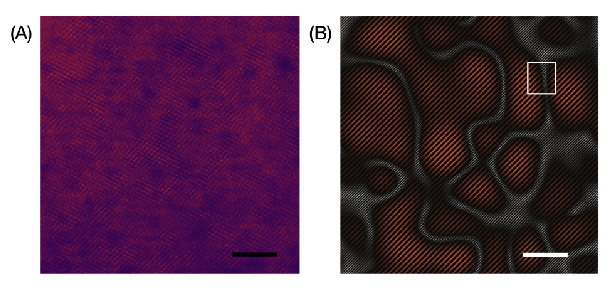Join day by day information updates from CleanTechnica on e-mail. Or comply with us on Google Information!
Manganese is earth-abundant and low cost. A brand new course of might assist make it a contender to interchange nickel and cobalt in batteries.
Rechargeable lithium-ion batteries are rising in adoption, utilized in gadgets like smartphones and laptops, electrical autos, and vitality storage techniques. However provides of nickel and cobalt generally used within the cathodes of those batteries are restricted. New analysis led by the Division of Power’s Lawrence Berkeley Nationwide Laboratory (Berkeley Lab) opens up a possible low-cost, protected different in manganese, the fifth most ample steel within the Earth’s crust.
Researchers confirmed that manganese will be successfully utilized in rising cathode supplies known as disordered rock salts, or DRX. Earlier analysis recommended that to carry out properly, DRX supplies needed to be floor all the way down to nanosized particles in an energy-intensive course of. However the brand new research discovered that manganese-based cathodes can truly excel with particles which might be about 1000 instances bigger than anticipated. The work was printed Sept. 19 within the journal Nature Nanotechnology.
“There are many ways to generate power with renewable energy, but the importance lies in how you store it,” stated Han-Ming Hau, who researches battery know-how as a part of Berkeley Lab’s Ceder Group and is a PhD scholar at UC Berkeley. “By applying our new approach, we can use a material that is both earth-abundant and low-cost, and that takes less energy and time to produce than some commercialized Li-ion battery cathode materials. And it can store as much energy and work just as well.”
The researchers used a novel two-day course of that first removes lithium ions from the cathode materials after which heats it at low temperatures (about 200 levels Celsius). This contrasts with the present course of for manganese-based DRX supplies, which takes greater than three weeks of therapy.

Researchers used state-of-the-art electron microscopes to seize atomic-scale photos of the manganese-based materials in motion. They discovered that after making use of their course of, the fabric fashioned a nanoscale semi-ordered construction that truly enhanced the battery efficiency, permitting it to densely retailer and ship vitality.
The workforce additionally used totally different methods with X-rays to review how battery biking causes chemical modifications to manganese and oxygen on the macroscopic degree. By finding out how the manganese materials behaves at totally different scales, the workforce opens up totally different strategies for making manganese-based cathodes and insights into nano-engineering future battery supplies.
“We now have a better understanding of the unique nanostructure of the material,” Hau stated, “and a synthesis process to cause this ‘phase change’ in the material that improves its electrochemical performance. It’s an important step that pushes this material closer to battery applications in the real world.”
This analysis used sources at three DOE Workplace of Science person services: the Superior Gentle Supply and Molecular Foundry (Nationwide Heart for Electron Microscopy) at Berkeley Lab, and the Nationwide Synchrotron Gentle Supply II at Brookhaven Nationwide Laboratory. The work was supported by DOE’s Workplace of Power Effectivity and Renewable Power and Workplace of Science.
Courtesy of Lawrence Berkeley Nationwide Laboratory (Berkeley Lab). By Lauren Biron.